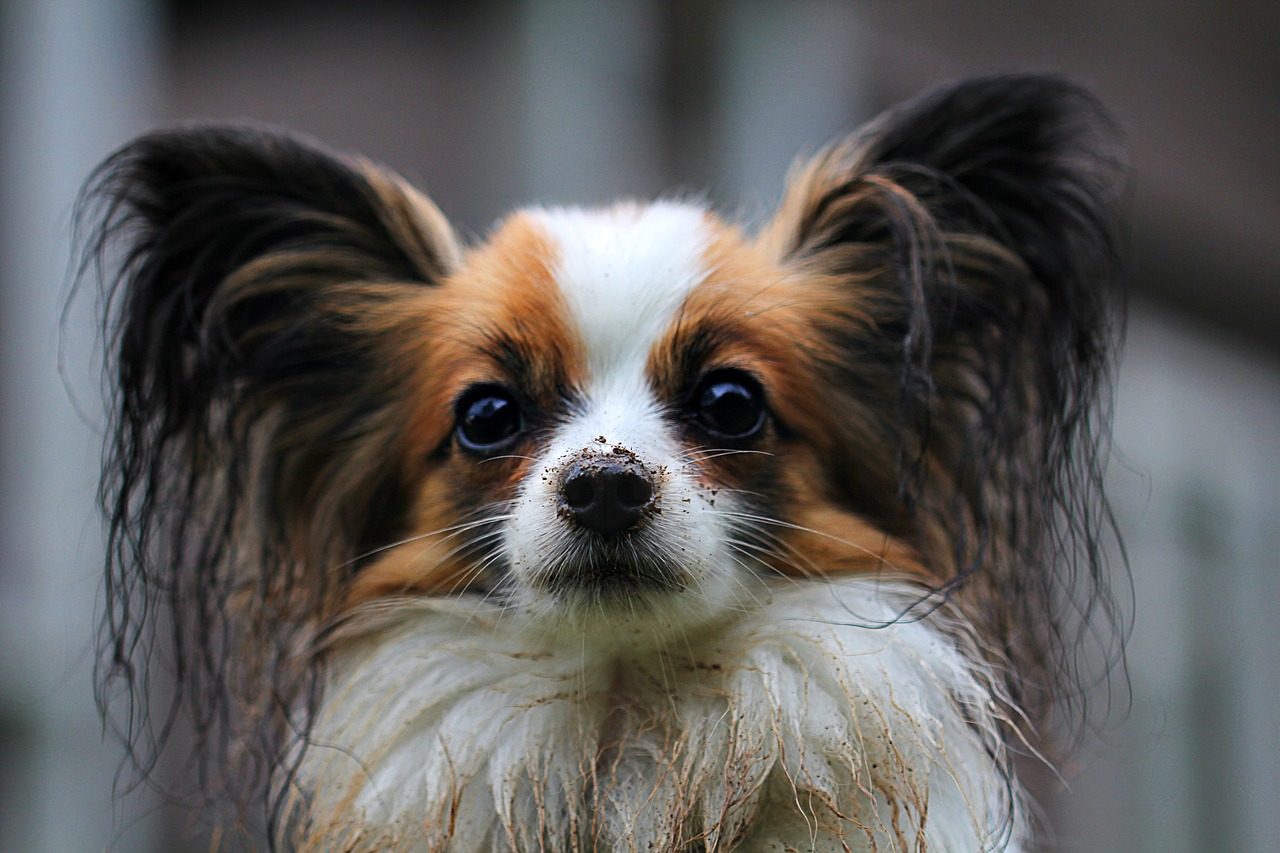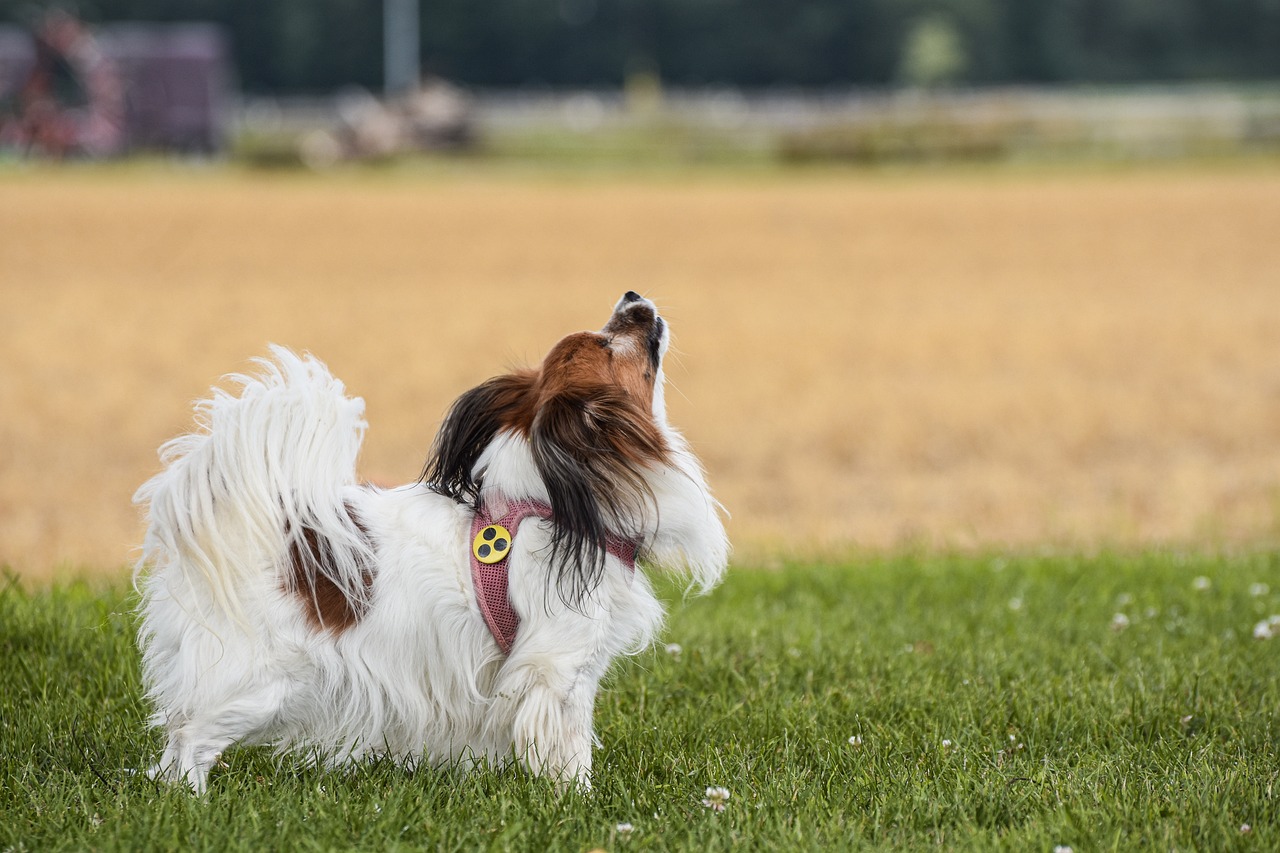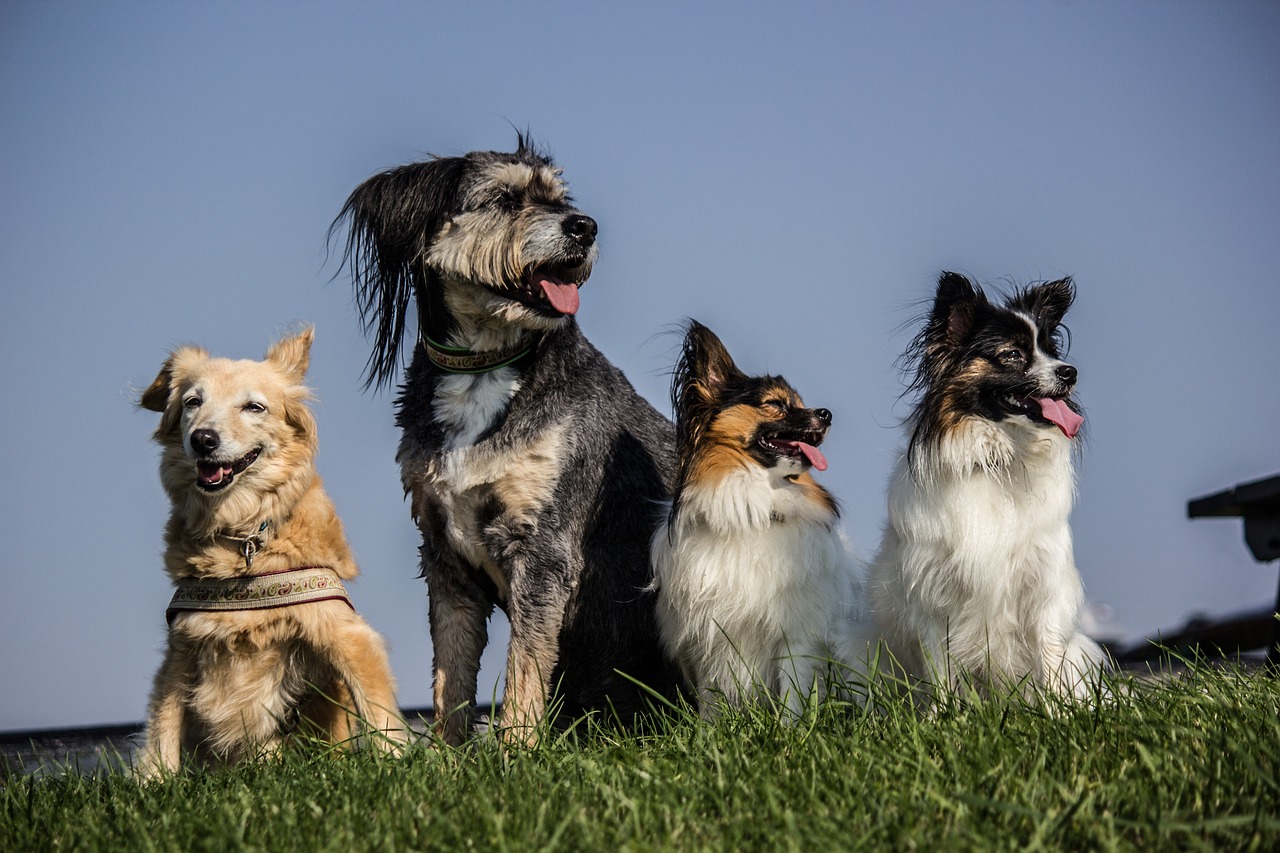
The Papillon is a simply gorgeous dog. Elegant, delicate, and elegant The Papillon dogs are a favorite for toy breed lovers. They’re an absolute attraction at dog shows due to their silky long coat, gorgeously plumbed tail, and ability to attract attention with their graceful moves. However, this breed has more to offer than simply a beautiful appearance. This is what you need to be aware of about Papillons If you’re considering becoming a parent of one.
Characteristics of Papillons
The term “papillon” is “butterfly” when it is used in French. The breed’s name is because its ears resemble butterfly wings. While certain Papillons have ears that are straight some have ears that are dropped down that’s why they’re known as “Phalene,” which is the French word used to describe a moth. They are also known as Continental Toy Spaniels.
The ability to be extremely intelligent and energetic is known as Papillon’s characteristic. The breed doesn’t enjoy being alone. They require constant interaction with their pets or their owners. Therefore, consider adopting the Papillon only when you’re able to provide it with constant attention and care.
The Papillons are small breeds, however, they are more powerful than they appear. They excel in shows and sporting events. They are also great additions to a family as they are able to adapt to various conditions and terrains in the region, as well as being a loving companion animals.
Papillon sizes differ in the height of their bodies, which ranges between 8 and 11 inches. The breed typically weighs between 5 to 10 pounds and the typical Papillon lifespan is between 14 and 16 years.
Caring for Papillons

Papillons don’t have an undercoat which means they don’t require the same amount of grooming as other breeds that have long coats. Clean the coat with a high-quality dog brush often to ensure it stays healthy and attractive. Be sure to brush them in the back of the hind legs on the thighs and between the ears to keep hair from becoming tangled and knotted. It can also cause lumps.
Wash your Papillon at least once every few months, or more frequently in the event that they become dirty and require a hand. Papillon nails, especially the ones on your dewclaws are prone to growing quickly, which is why you need to trim them frequently. A nail that is on your dewclaw which is an inside toe, may curl backward and then cut into the skin if it’s not cut.
When it comes to food, make sure to use only top-quality and healthy foods. If you’re using poor-quality commercial pet food, it’s possible to prepare meals at home, following the instructions of your veterinarian. This will help to ensure that your pet gets healthy, balanced and balanced food.
Also, ensure that dog food is appropriate for your dog’s age. The food for dogs typically comes in three types such as adult, puppy, and senior, based upon the age of your dog as well as its stage in life. There are also dog foods for all stages of life. Make sure that your dog has plenty of clean and fresh water to drink.
Papillons aren’t aware of how they compare to larger animals. Therefore, it’s best to be vigilant to ensure they don’t hurt themselves.
Dental problems are frequent in dogs, so ensure that your dog’s teeth are cleaned regularly. Always use a dog’s toothpaste instead of human toothpaste. It is also possible to make use of dental chews and other toys that can help to reduce tartar and plaque buildup on the teeth of your dog, which could eventually lead to gum disease.
Your veterinarian can suggest the most effective preventative flea and tick items for you Papillon. It is recommended to give medication throughout the year to prevent an extremely dangerous parasite called heartworm.
Your veterinarian can guide you about the vaccination schedule that you must keep for your pet. It’s also suggested to have your dog examined for an annual general exam to avoid health issues and to manage any issues.
Health Problems to Watch for With Papillons


Most Papillons don’t suffer from serious medical issues when they are looked after, however, particular Papillon health issues could develop that are related to their breed.
- Patellar luxation. The condition can be genetic. It’s typically seen in small dogs, however, the condition is becoming more prevalent in large breeds as well. When patellar luxation occurs, it’s because the patella which is a tiny bone that’s located in the knee isn’t lined properly. Your physician could be able to detect this before it becomes apparent by having regular check-ups. The signs can differ based on how serious the problem is. In the initial stages, the dog may be dog limping for a few steps. In more severe cases, it may require surgery.
- Dental problems. Dental problems are common among dogs. They are susceptible to developing a particular condition known as stuck puppy teeth. The primary teeth of Papillons don’t fall out until their adult teeth appear. This can cause food, hair along with other sorts of particles to become stuck between teeth, which can cause dental issues later on. Your veterinarian may suggest having your puppy’s teeth extracted if they do not naturally come out in the way they’re supposed.
- Eye issues. Papillons can be at risk of developing Progressive retinal atrophy (PRA). This condition is seen in people aged 3 to 9 years old age. In PRA the photoreceptors that aid in vision get in strength over time, eventually leading to blindness. At first, your dog might exhibit signs of night blindness. They might continue to bump into objects in dim lighting conditions or be hesitant to enter rooms that are dark. The eyes of dogs can appear as if they’re reflecting more light and their pupils may appear bigger than they normally do. Your veterinarian will suggest the best treatment after inspecting your dog’s eyes and examining the medical history of your dog.
- Allergic reactions. Papillons can have an allergy known as Atopy. This causes their skin to itch when they come into contact with mold, pollen dust, or pollen. The more common itching is around the foot, and stomach as well as wrinkles on the skin and even the ears. The condition typically develops between the years 1 and 3 years old and will continue to get worse following that. It is possible to observe your Papillon playing with their paws, and often rubbing their faces. They might also experience many ear inflammations. Your doctor is in a position to recommend efficient treatments to help deal with this issue.
- Portosystemic Shunt (PSS). Proteins as well as nutrients and toxins that are absorbed through the intestines drain into the liver via”the portal vein. In PSS the toxins don’t make it into the liver, and instead flow back into the systemic circulation. The condition is usually congenital, meaning it’s present from the time of birth. Sometimes, dogs are diagnosed with it due to a liver disease known as cirrhosis.
- Collapsing the trachea. The collapsing trachea can be a problem for any breed however it is more prevalent in small dogs. It’s also more frequent among older dogs between the age of 4 and 14. The trachea also referred to as the windpipe is a tube that connects the throat with the lung. Small, circular connecting rings known as cartilage aid in keeping the tubular structure. A collapsed trachea occurs when the rings become weaker and begin to flatten which eventually causes the windpipe to fall down.
The trachea that is collapsing can present various signs and signs, but the most well-known one is a persistent, dry cough that is similar to the honk of a goose. The treatment for this is usually either surgery or medication or both of them, as suggested by your veterinarian. Dogs who are overweight, or are in a home with smokers are at a greater chance of developing this disease. It can last for a lifetime and get worse over time, however, your veterinarian may suggest treatments to help your dog feel at ease.
Special Considerations for Papillons



The Papillon temperament is renowned for its ability to be social. The dogs must be with their owners and other pets around the home. They may be destructive when left alone and become afflicted with anxious separation. Because of their size, they could be vulnerable to injuries. Thus, make sure to secure certain areas of the home and eliminate items that could inflict injuries.
History of Papillons
The Papillons were originally developed to serve as companion dogs to serve European nobility. They were adored by several of French Aristocracies, such as those of Marie Antoinette and Louis XIV. A lot of European princesses and queens from the past have been depicted in portraits of their beloved Papillons with them. This was due to the dogs’ popularity in the royal court from the 1500s onwards.
The breed came about as a result of crossing several toys with spaniels. This is the reason they’re athletic when compared with other pure toy breeds of dogs.
Papillons were to undergo more development through Italy in Italy and Spain. The American Kennel Club registered them formally registered the breed in 1915.